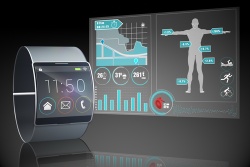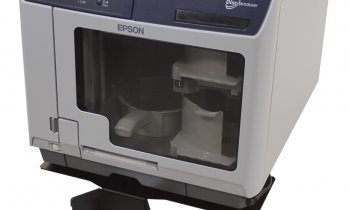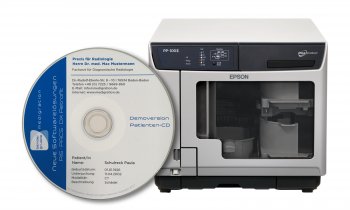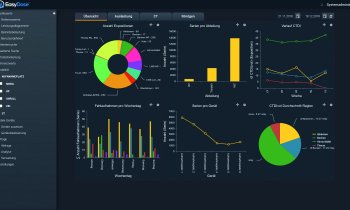Transformation
Interoperability among Connected Medical Devices Can Transform Healthcare
Connected health infrastructure is emerging as a binding agent for diverse devices and workflows, aiding diagnosis, monitoring and prevention in the healthcare industry. For such an infrastructure to be efficient, stakeholders must first ensure that interoperability and connectivity standards are in place.

New analysis from Frost & Sullivan, Healthcare and Medical Device Connectivity and Interoperability, finds that the adoption of connected healthcare infrastructure is not uniform across the world. This is primarily due to the lack of a holistic digital healthcare strategy that focuses on integrated care models.
For complimentary access to more information on this research, please visit: http://corpcom.frost.com/forms/EU_PR_AZanchi_9AB9_22May15
No roadmaps for healthcare IT
“More than 50 percent of healthcare providers do not have a healthcare IT roadmap, although they acknowledge the role of digital health in enhancing healthcare efficiency,” said Frost & Sullivan Healthcare Research Analyst Shruthi Parakkal. “Consequently, even the existing interoperability standards such as HL7, DICOM and Direct Project are not being utilized optimally by many providers.”
Furthermore, hospitals are often required to update processes and workflows through expensive upgrades and reviews of codes and software. This process becomes more complicated in the absence of vendors that can guarantee connectivity between devices from various manufacturers.
Urgent requirement for connected devices
“Hospitals/healthcare providers have an urgent requirement for connected devices and health IT solutions not only to manage healthcare data, but also to qualify ‘Meaningful Use’ requirements and be eligible for electronic health record incentives,” noted Parakkal. “Therefore, manufacturers of vendor-agnostic and open medical connectivity solutions are in demand, as they facilitate the integration of devices from different original equipment manufacturers.”
Alliances and gateways that harness interoperability and enable information sharing between devices and health IT solutions from different vendors will go a long way in augmenting connectivity. Meanwhile, technology advances in WiFi, Bluetooth, and radio frequency identification are also stoking market advancement.
FDA guidelines intesify
Finally, the intensifying focus on healthcare interoperability in Food and Drug Administration (FDA) guidelines is expected to add thrust to the development of the market for healthcare and medical device interoperability and connectivity.
Healthcare and Medical Device Connectivity and Interoperability is part of the Connected Health Growth Partnership Service program. Frost & Sullivan’s related studies include: Seeing into the Future: New Opportunities on the Horizon for Smart Eyewear; Care Coordination Software—US Overview and Outlook, 2014–2020; Vital Signs - Review of the 2015 ECR: Latest Advances in Medical Imaging Clinical Decision Support; Big Data Opportunities in the US Medical Imaging Market. All studies included in subscriptions provide detailed market opportunities and industry trends evaluated following extensive interviews with market participants.
Source: press release Frost & Sullivan
28.05.2015











